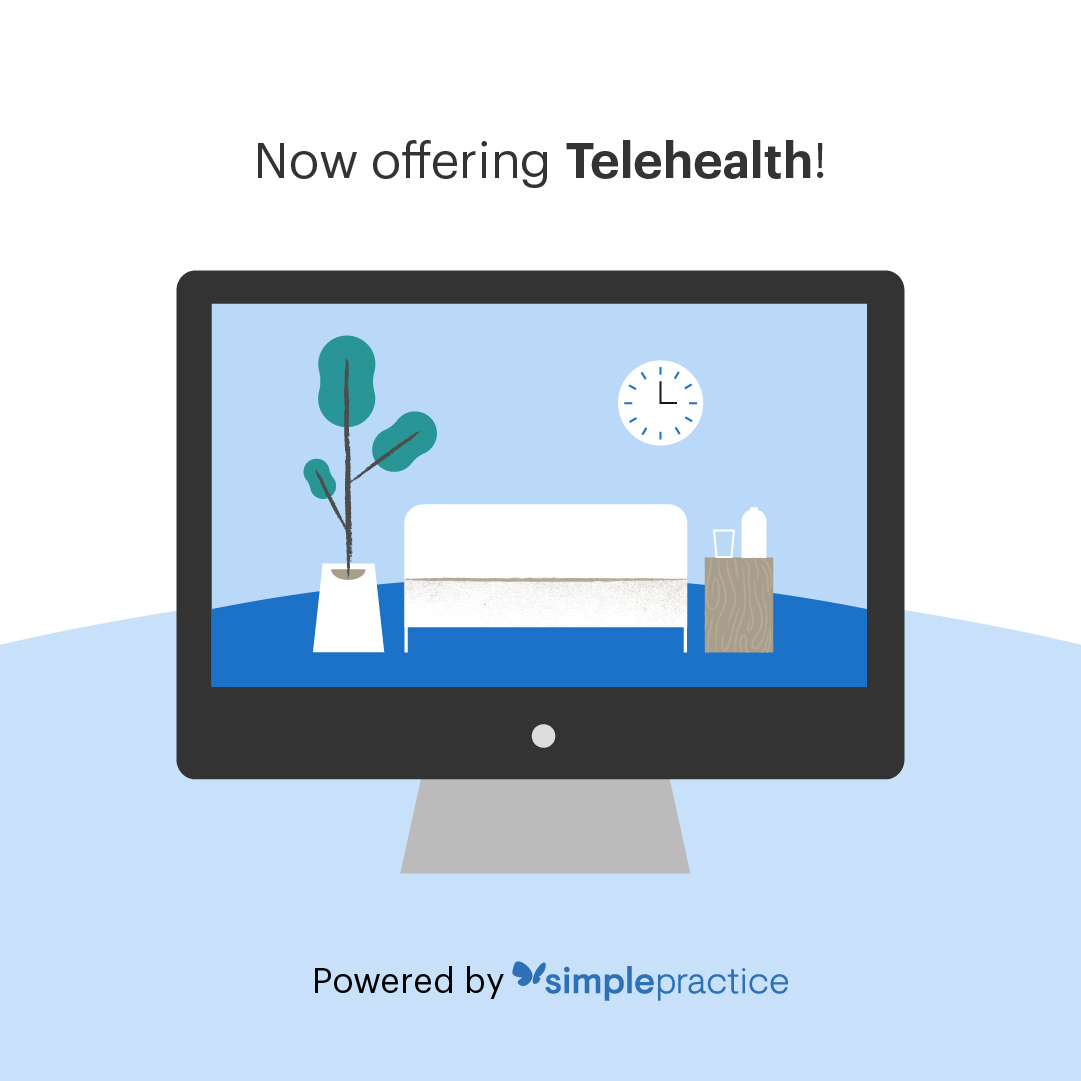
By: Angie Moreno
Obesity rates in the US continue to rise among all age groups, but childhood obesity has increased radically among children ages 6 to 11 years. More than 23 million children and teenagers in the US, ages 2 to 19 years, are considered obese or overweight, putting them at early risk for Type 2 diabetes, high blood pressure, heart disease and other conditions at a young age.
To address the problem of childhood obesity, September is recognized as National Childhood Obesity Awareness Month. Use this month to find opportunities to raise awareness, take action, and to change the trends. Educate yourself on the approaches to addressing the issue. Locate events with healthy lifestyles themes, newsletters, and posts on social media that raise awareness and offer healthy lifestyle tips. Get in touch with communities, organizations, advocates, and even school leaders who can do more to help the effort.
What can you do? Promote a healthy lifestyle and set an example for our youth. Be physically active, eat sensibly, avoid tobacco use, involve healthy elements in your everyday life. Promote those healthy habits in your communities. Wherever you go—schools, workplaces, stores, homes—look for ways to promote the importance of a healthy lifestyle and help others understand how to prevent and address childhood obesity.
There are initiatives that directly act on childhood obesity:

Designed to Move
Designed to Move is a call-to-action supported by a community of organizations committed to ending physical inactivity. DtM’s goal is to inspire future generations to reach their full potential. The American College of Sports Medicine (ACSM) and the International Council of Sport Science and Physical Education (ICSSPE) joined Nike to validate and publish the outcomes and action plan of the Designed to Move report.
Every Body Walk!
Every Body Walk! is a campaign aimed at getting Americans up and moving. Every Body Walk! promotes walking 30 minutes a day, five days a week, to improve overall health and prevent disease. EBW also provides news and resources on walking, health information, walking maps and groups, and a place to share personal walking experiences.
100 Citizens: Role Models for the Future
100 Citizens is City of San Fernando Partnership for Healthy Families program that believes ending childhood obesity begins with the family. Families receive advice and guidance about beginning exercise programs. The goal is to raise public health awareness and promote public parks through participation in programs lead by trained professionals.
Project ACES
Project ACES (All Children Exercise Simultaneously), is signature program of the Youth Fitness Coalition, Inc., created by physical education teacher Len Saunders in 1989 as a method of motivating children to exercise.
How Can I Help My Overweight Child?
Since children are still growing and developing, weight loss is not the suggested approach. A diet is not necessary for overweight children, unless recommended by a physician for medical reasons. Further, a restrictive diet may not provide enough energy and nutrients to support normal growth and development.
The most beneficial strategies for preventing obesity in children are promoting healthy eating habits, getting regular physical activity, and reducing the amount of time they are sedentary—i.e.: watching TV, playing video and computer games. Developing these approaches during early childhood are crucial in creating a healthy lifestyle. Following the Dietary Guidelines for Americans for general diet and lifestyle recommendations (ages 2 years and over) can be a beneficial guide. Visit www.ChooseMyPlate.gov.

Promote a Healthy Lifestyle
Help prevent childhood obesity by providing children healthy meals and snacks and daily physical activity, promoting healthy eating habits, and educating them on healthy dietary options. Physical activity reduces adverse health risks and helps manage weight, while nutrition education helps children gain an awareness of healthy eating habits and good food choices.
Additionally, there are some ways to promote health in the home. Focus on healthy eating, not on a weight goal. Encourage positive attitudes toward food and physical activity. Involve the whole family, changing the physical activity and eating habits of everyone. Set daily meal and snack times as well as eating together as a family as frequently as possible. And, include a variety of healthful foods with sensible portions.

Tips
- Do not eat meals or snacks while watching TV. Eating in front of the TV may make it difficult to pay attention to feelings of fullness and may lead to overeating.
- Limit high-calorie, low-nutrient foods. Help children understand that sweets and high-fat treats (such as candy, cookies, or cake) are not everyday foods. However, do not deprive children of occasional treats altogether. This may increase the likelihood for them to overeat.
- Promote all foods in moderation can be part of a healthy diet. Avoid labeling foods as “good” or “bad.”
- Involve children in planning, shopping, and preparing meals. Use these activities to understand children’s food preferences, teach children about nutrition, and encourage them to try a wide variety of foods.
- Minimize snacking. Continuous snacking may lead to overeating. Plan healthy snacks at specific times. Include two food groups, for example, apple wedges and whole grain crackers. Focus on maximum nutrition—fruits, vegetables, grains, low-sugar cereals, lowfat dairy products, and lean meats and meat alternatives. Avoid excessive amounts of fruit juices, which contains calories, but fewer nutrients than the fruits they come from. A reasonable amount of juice is 4-8 ounces per day.
- Encourage physical activity. Participate in family physical activity time on a regular basis, such as walks, bike rides, hikes, and active games. Support your children’s organized physical activities. Provide a safe, accessible place outside for play.
- Limit screen time. Keep the amount of time children watch television, play video games, and are on the computer to no more than 2 hours per day. Reduce sedentary activities and increase physical activity!

Taken from Mealtime Memo for child care. A fact sheet for the Child and Adult Care Food Program, from the National Food Service Management Institute, The University of Mississippi.
Do you have questions regarding the dietary needs of your child? Please contact your knowledgeable dietitians at Advantage Nutrition & Wellness for guidance.


